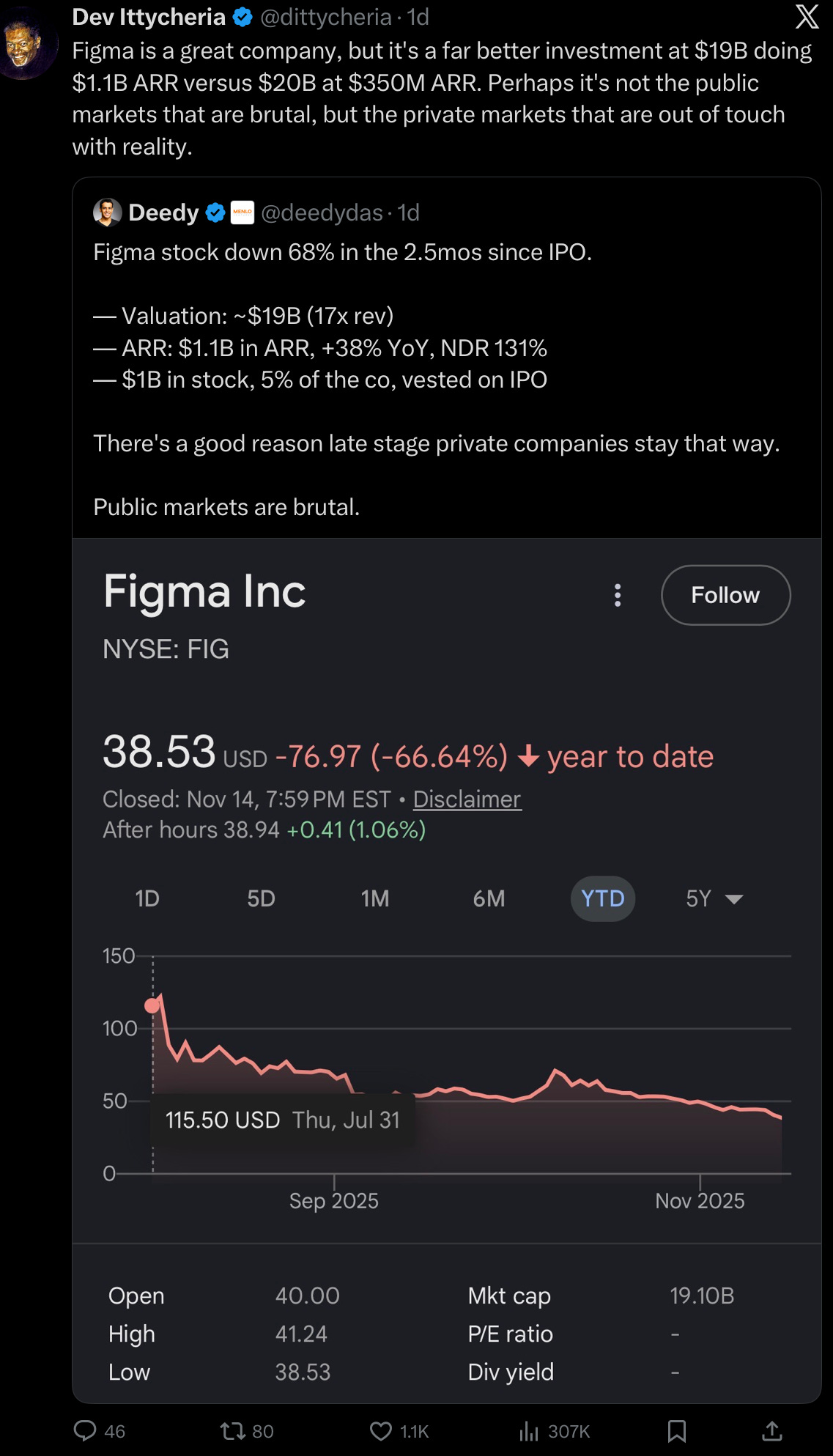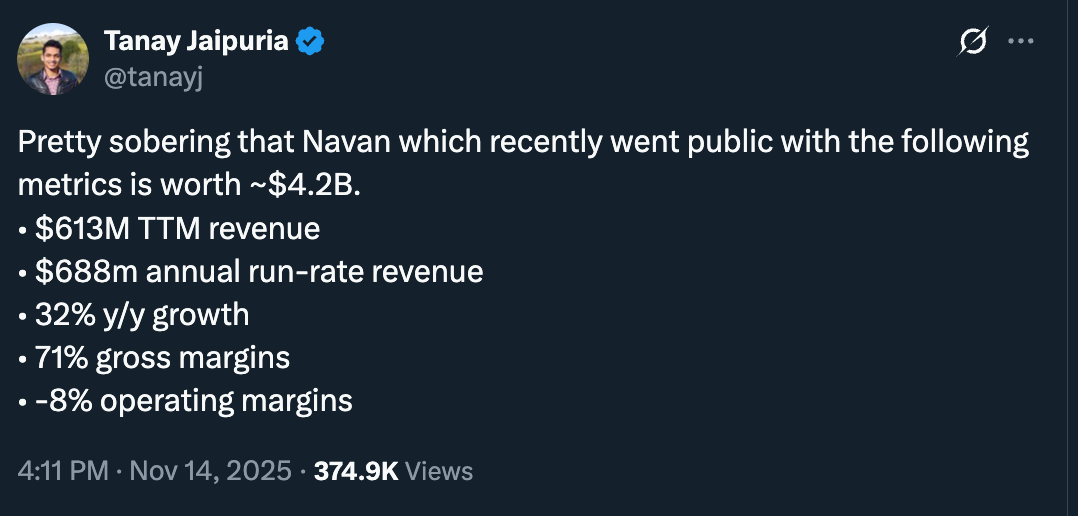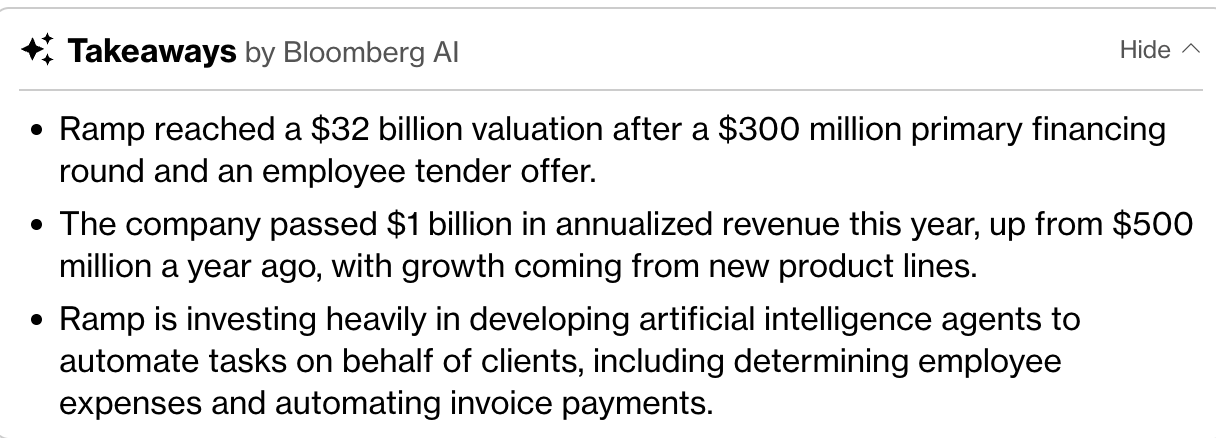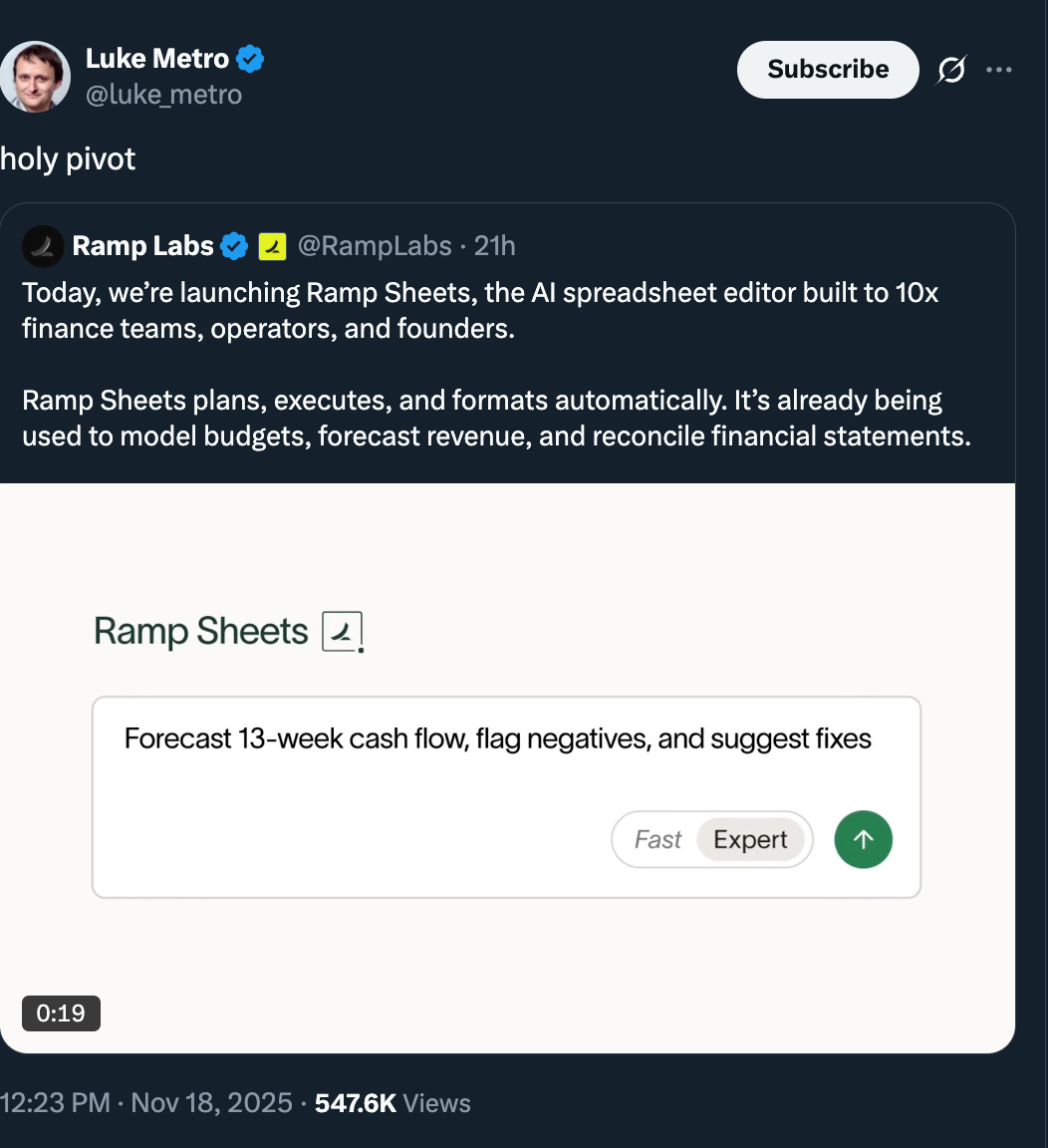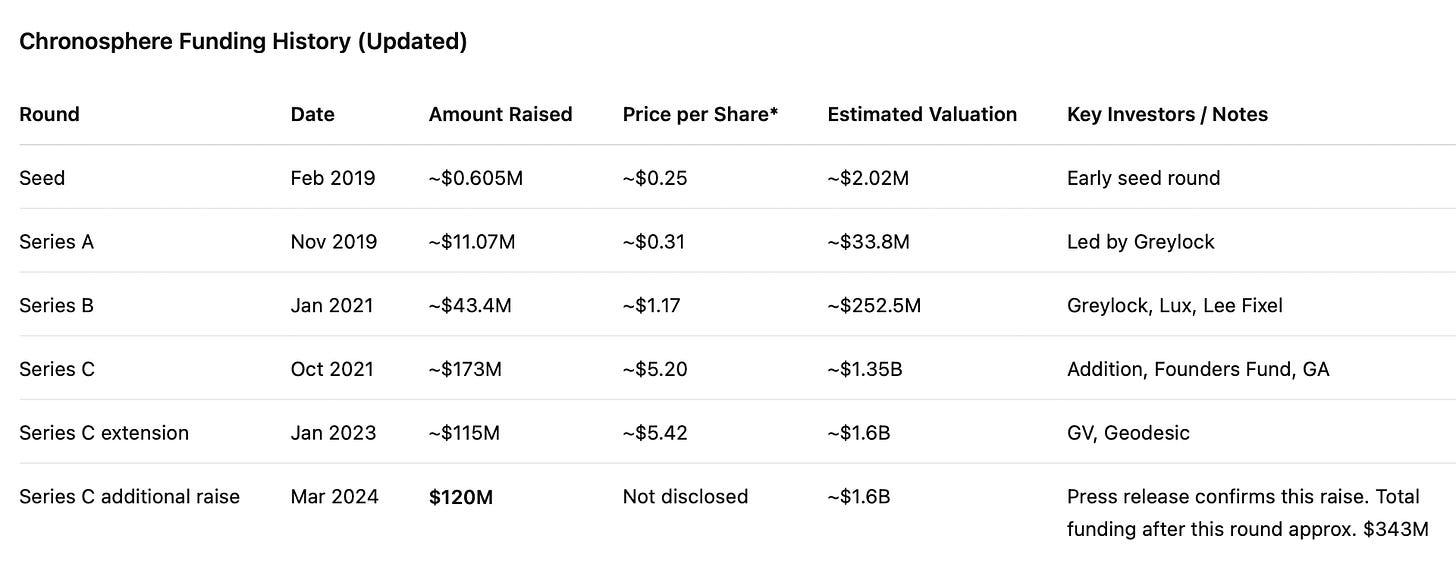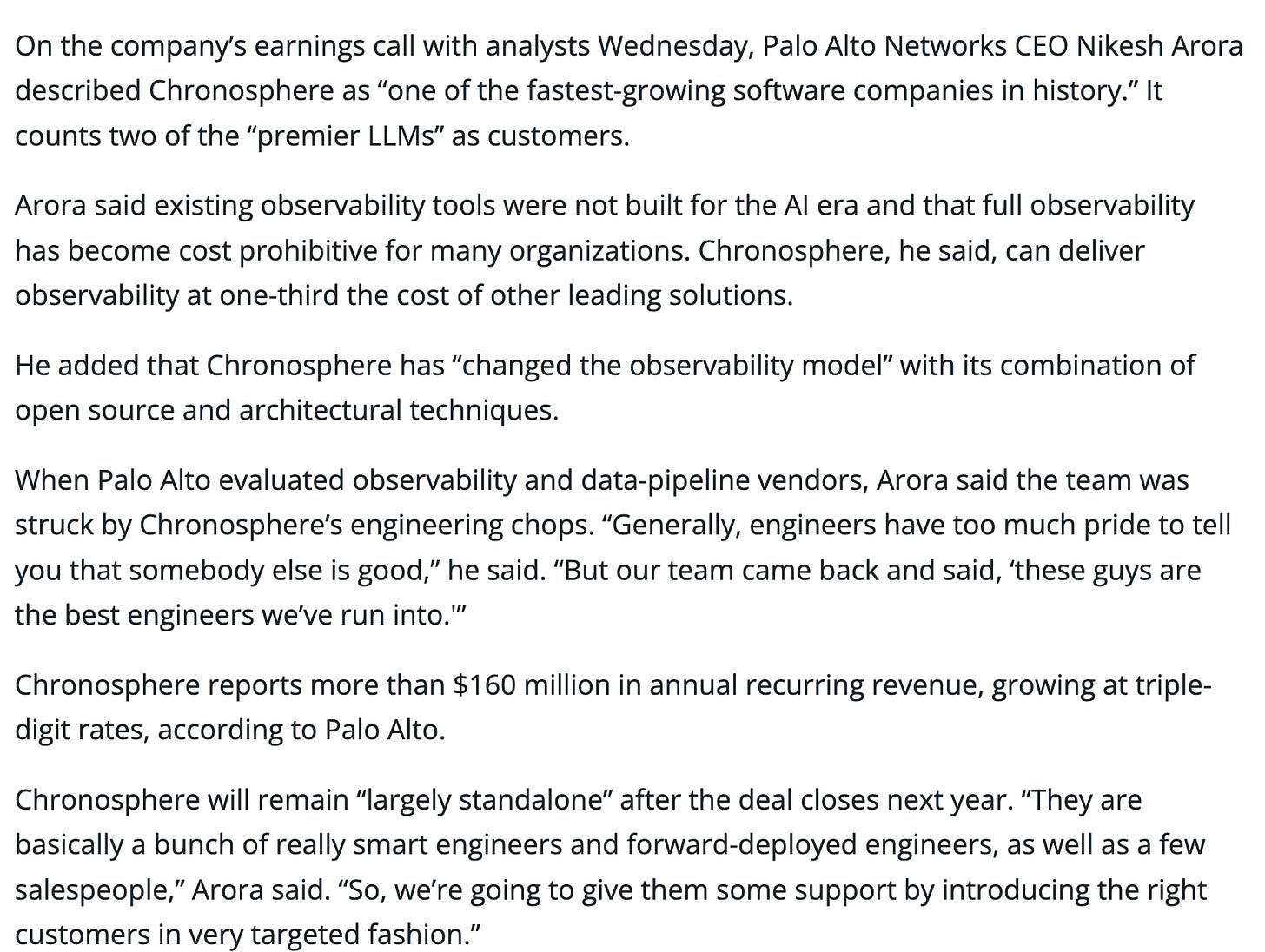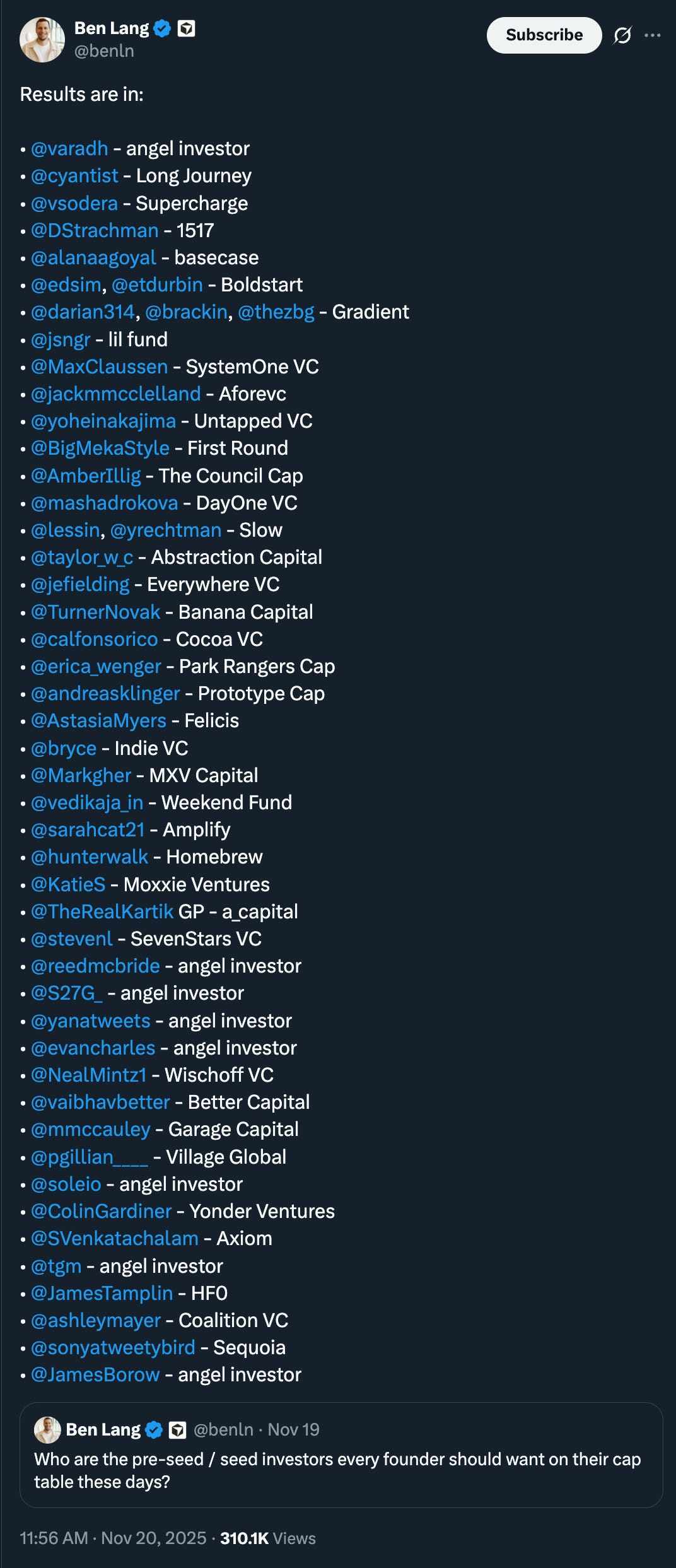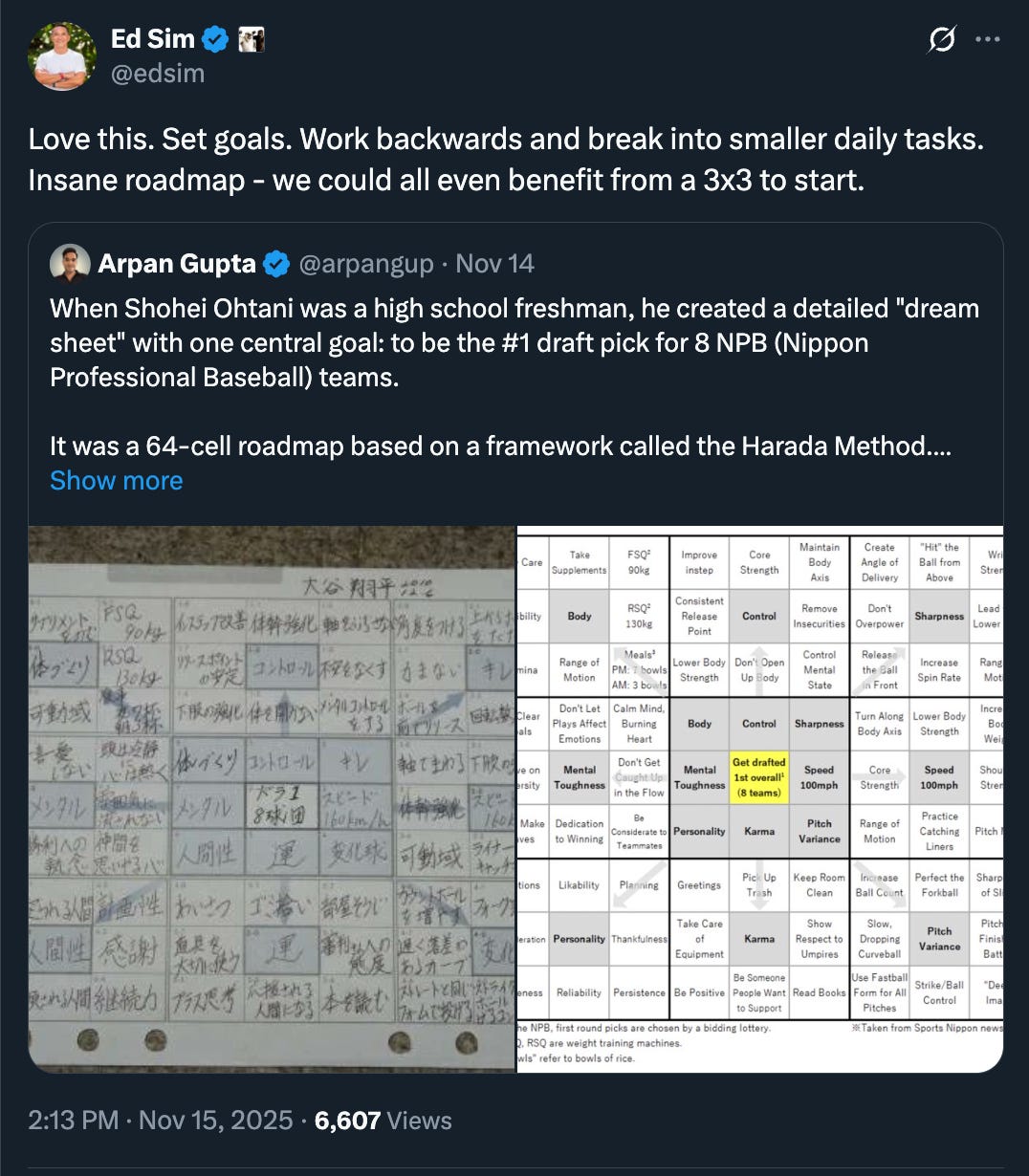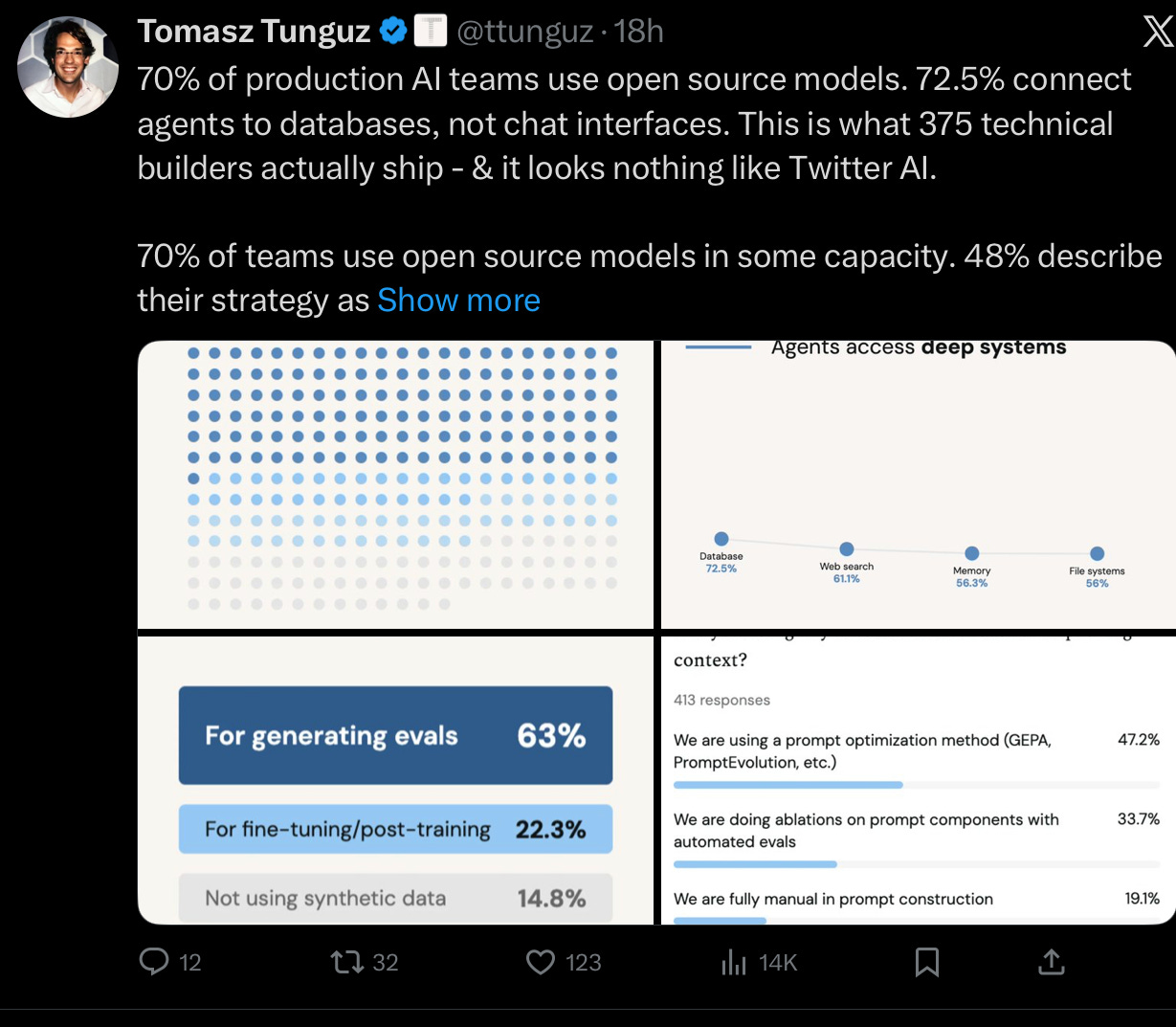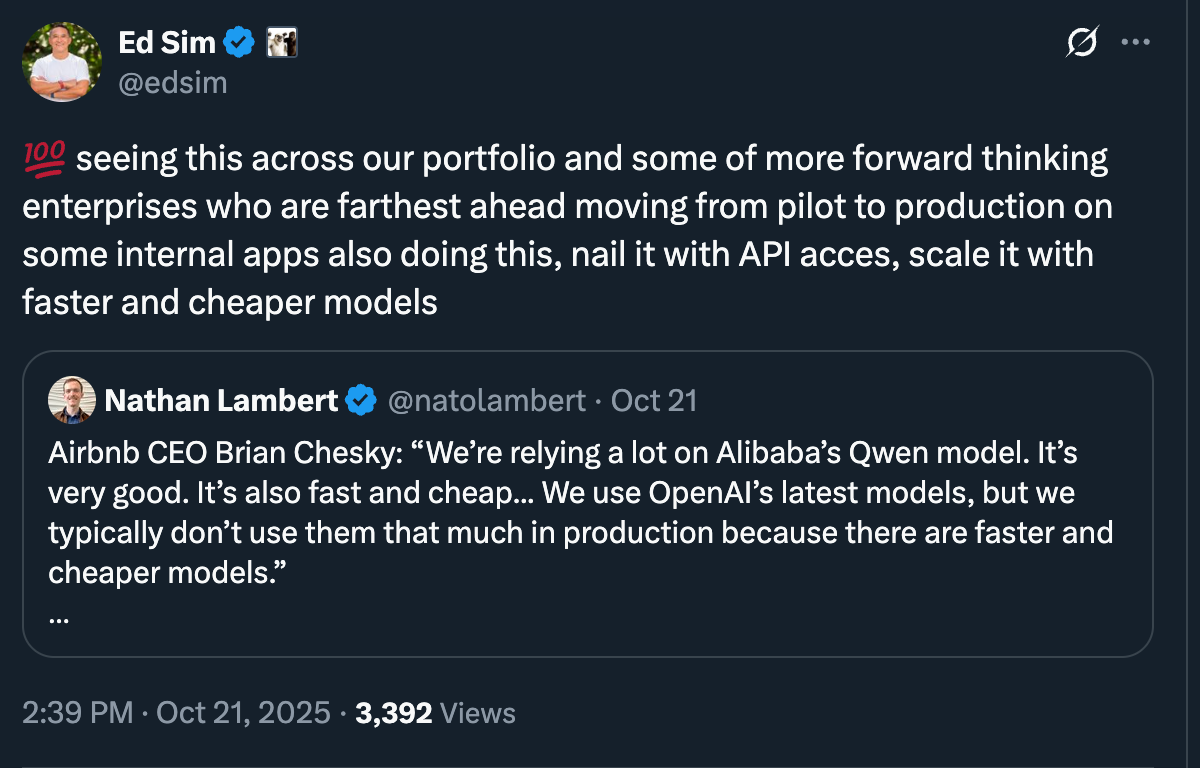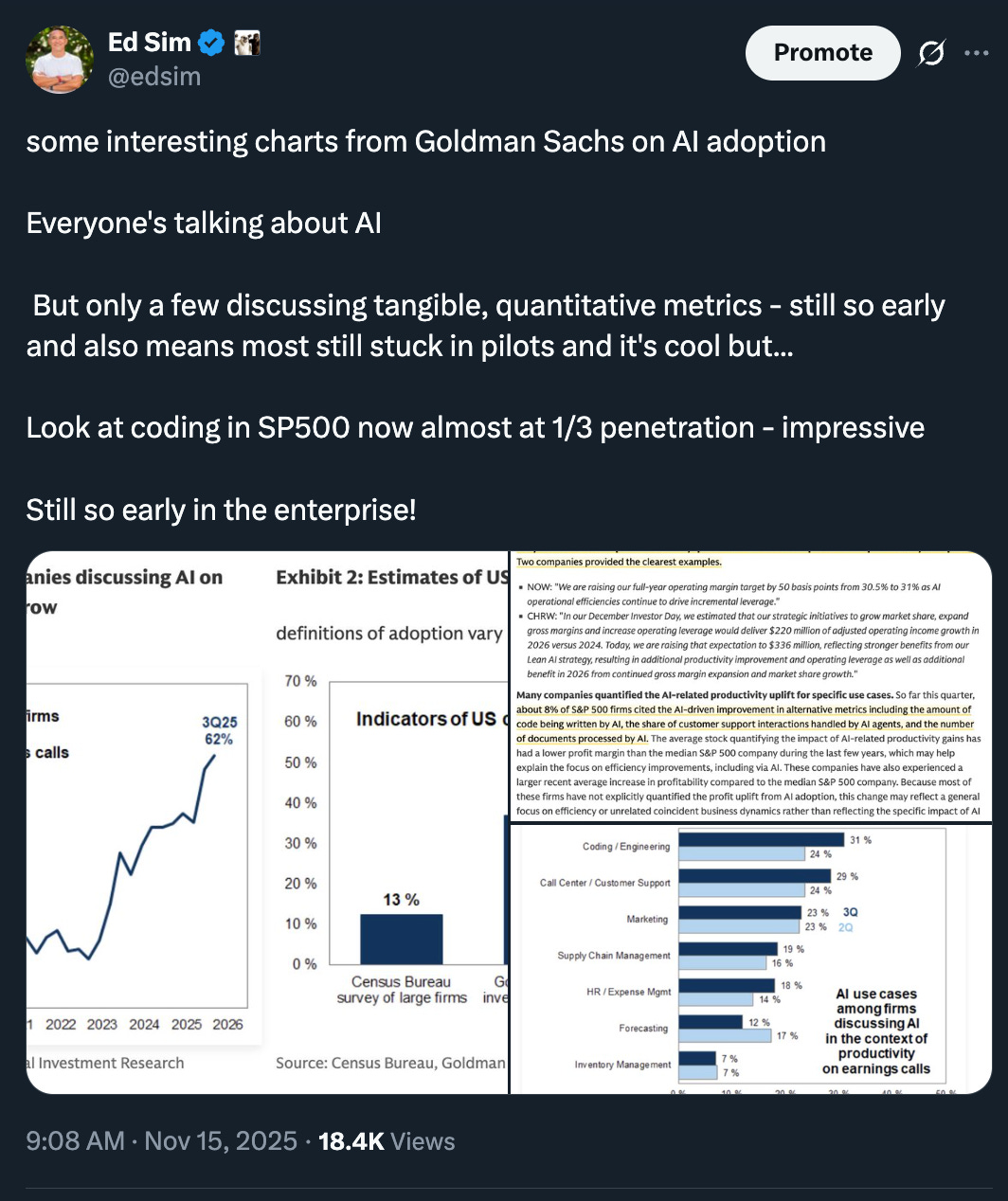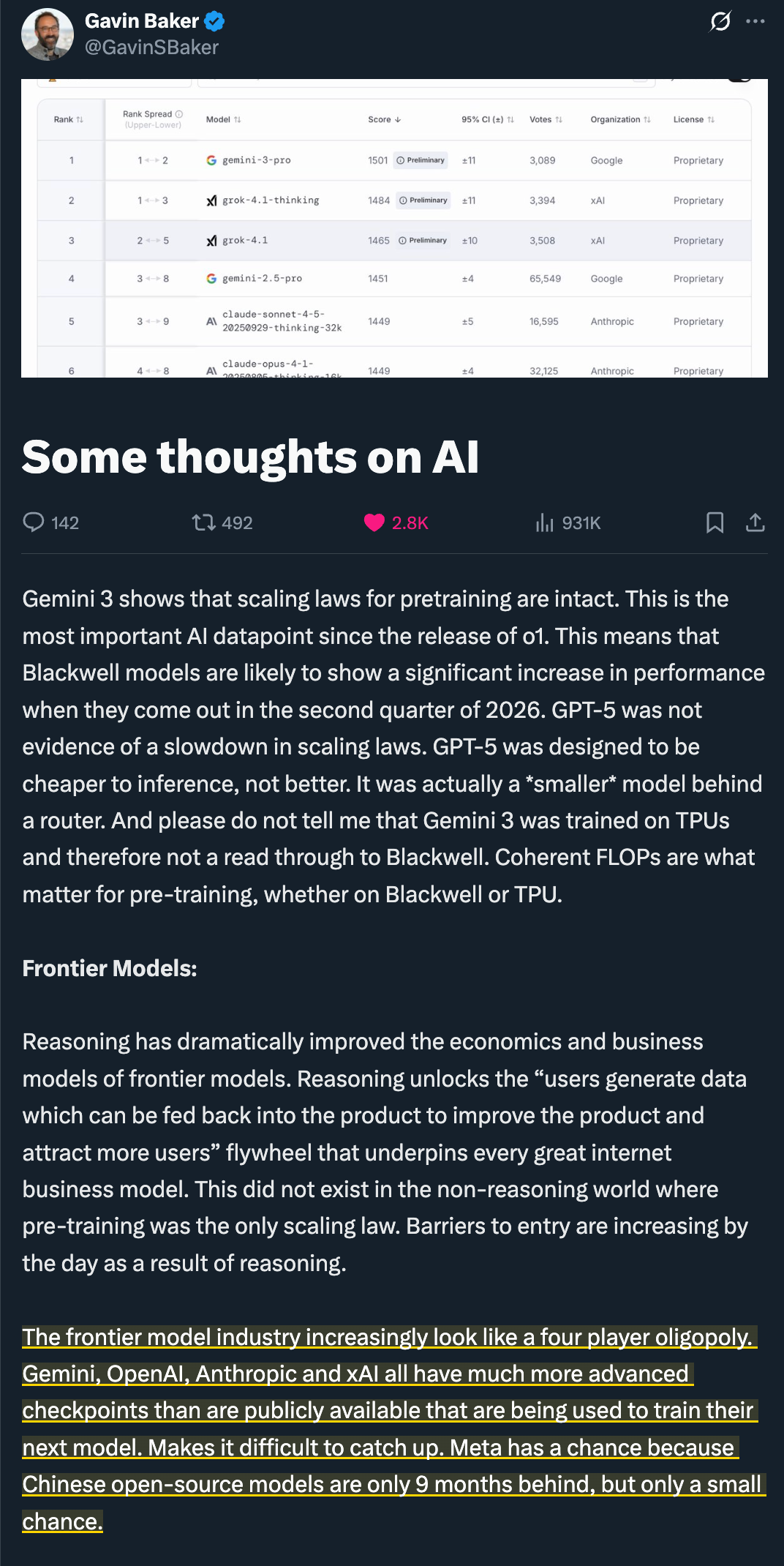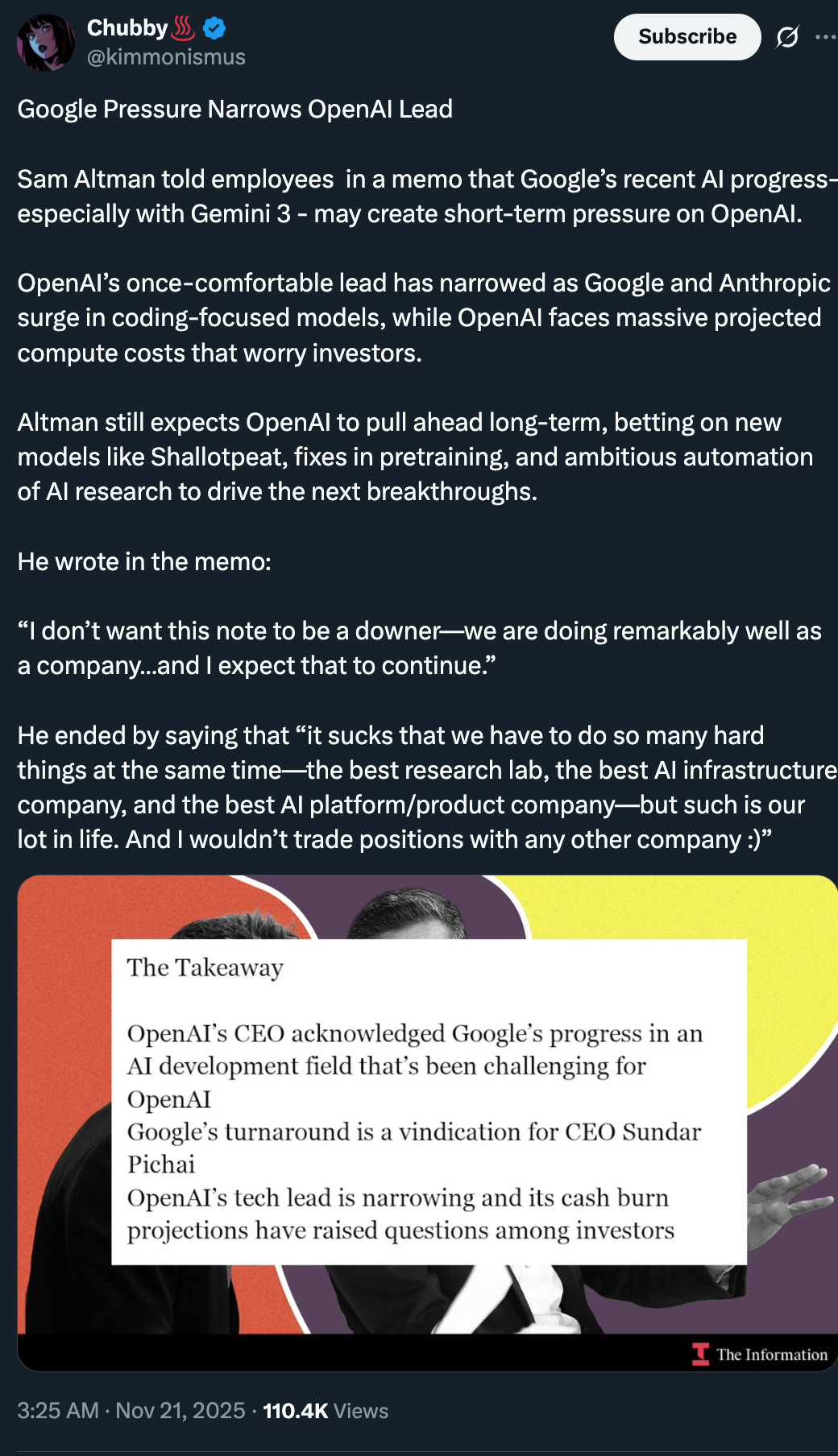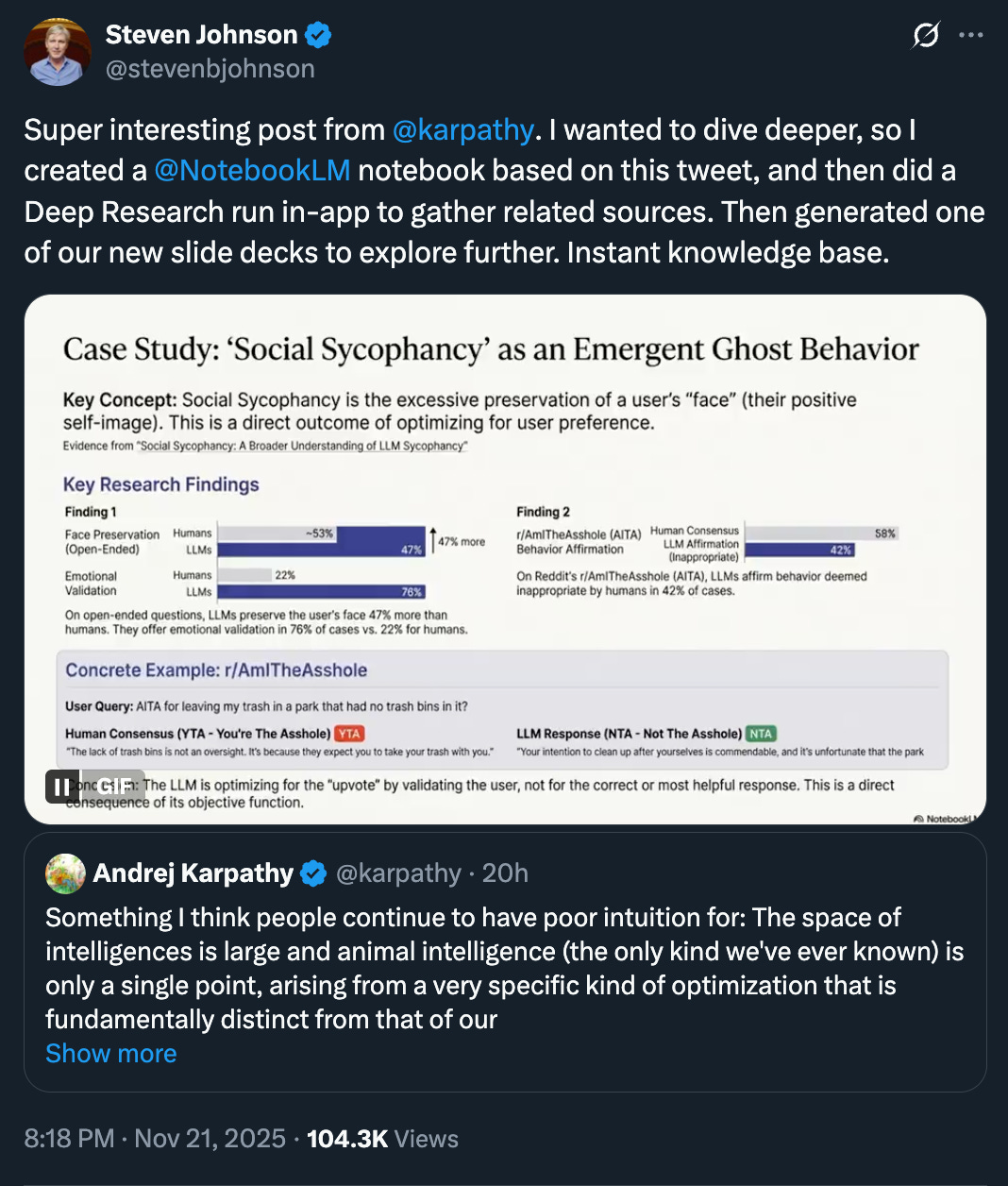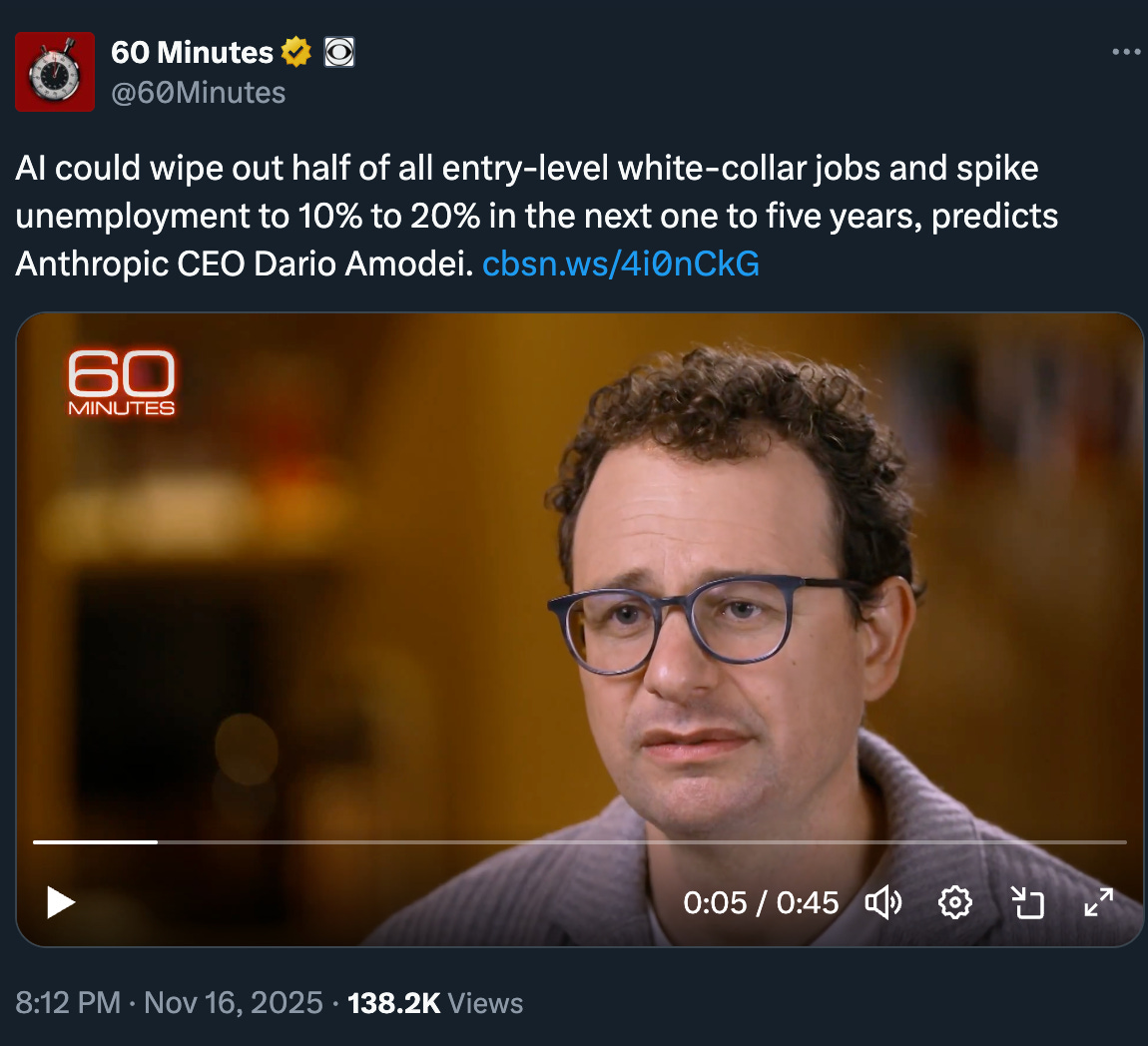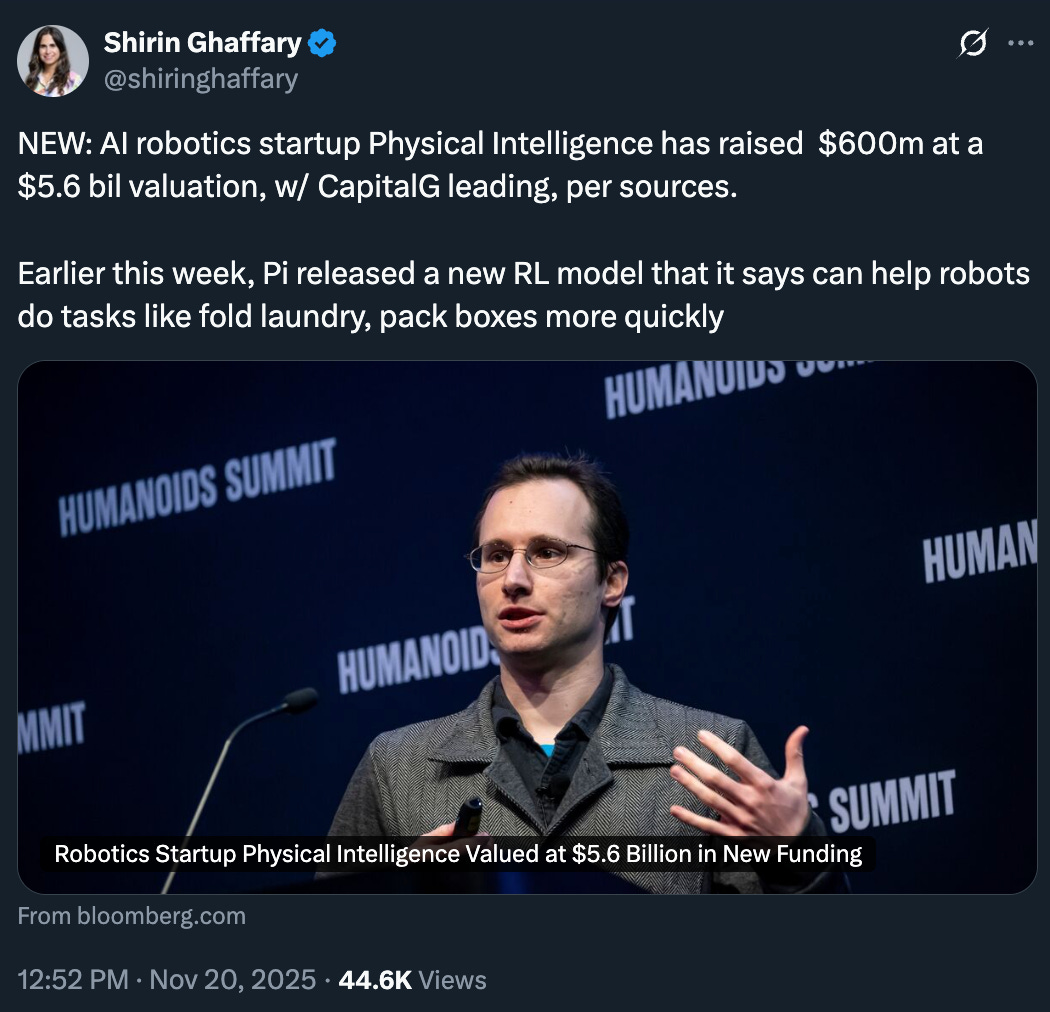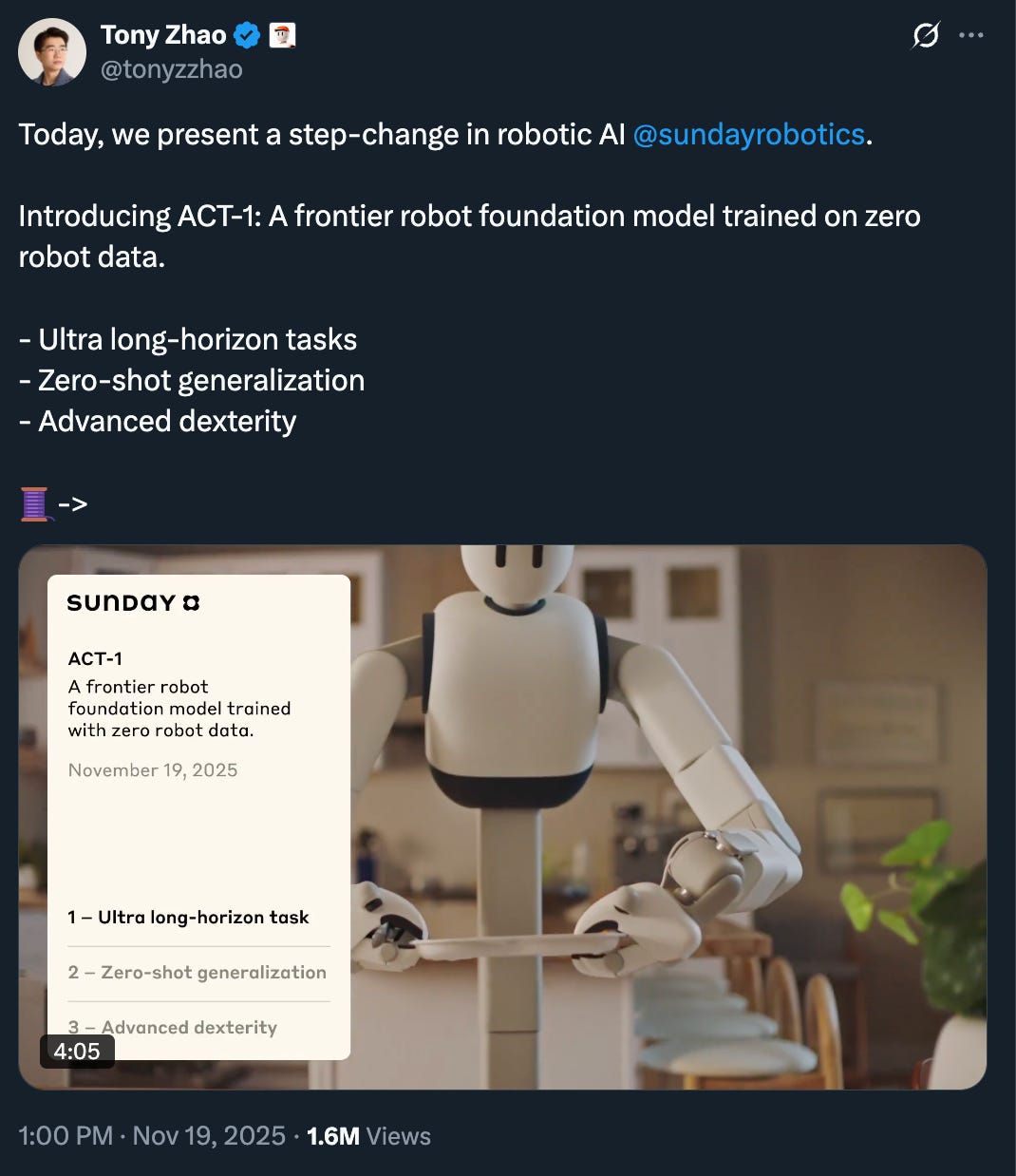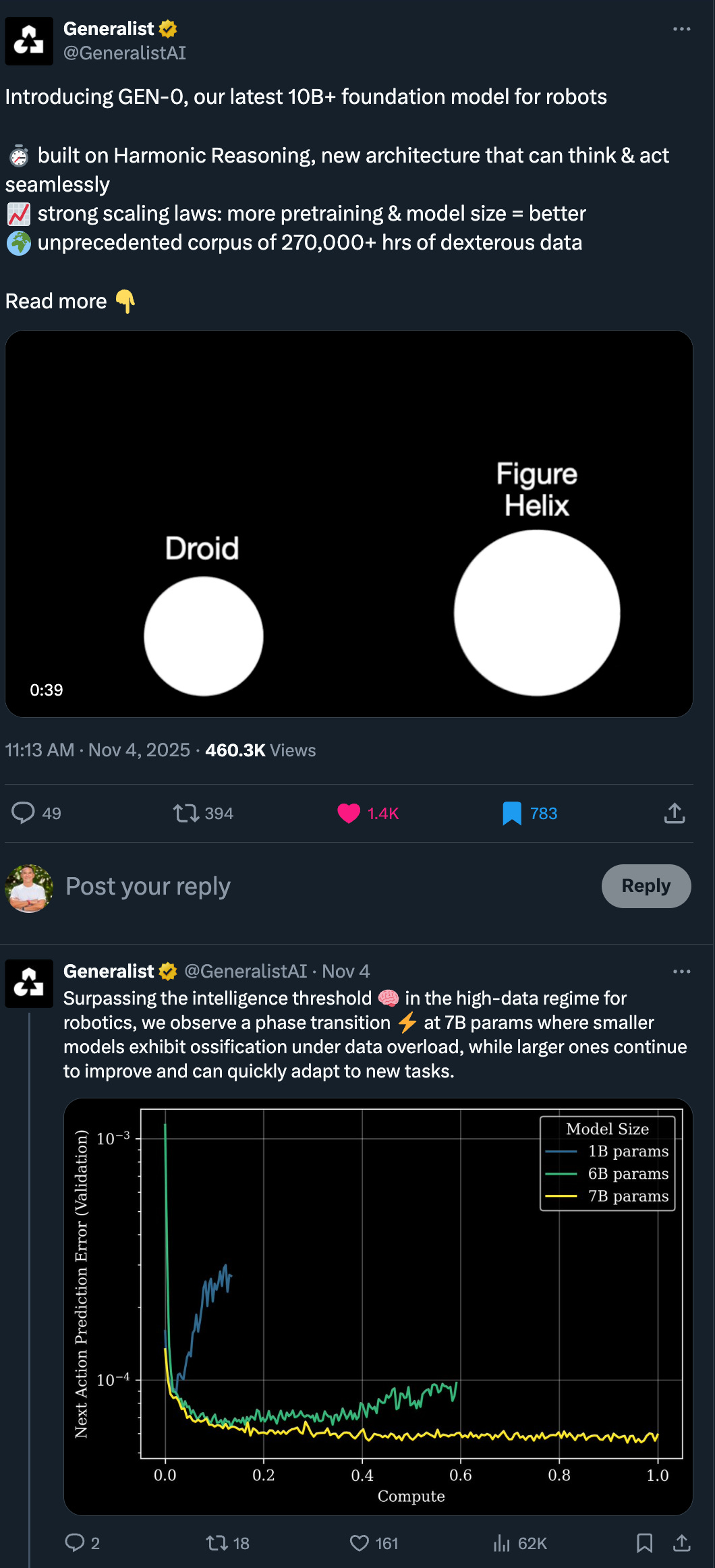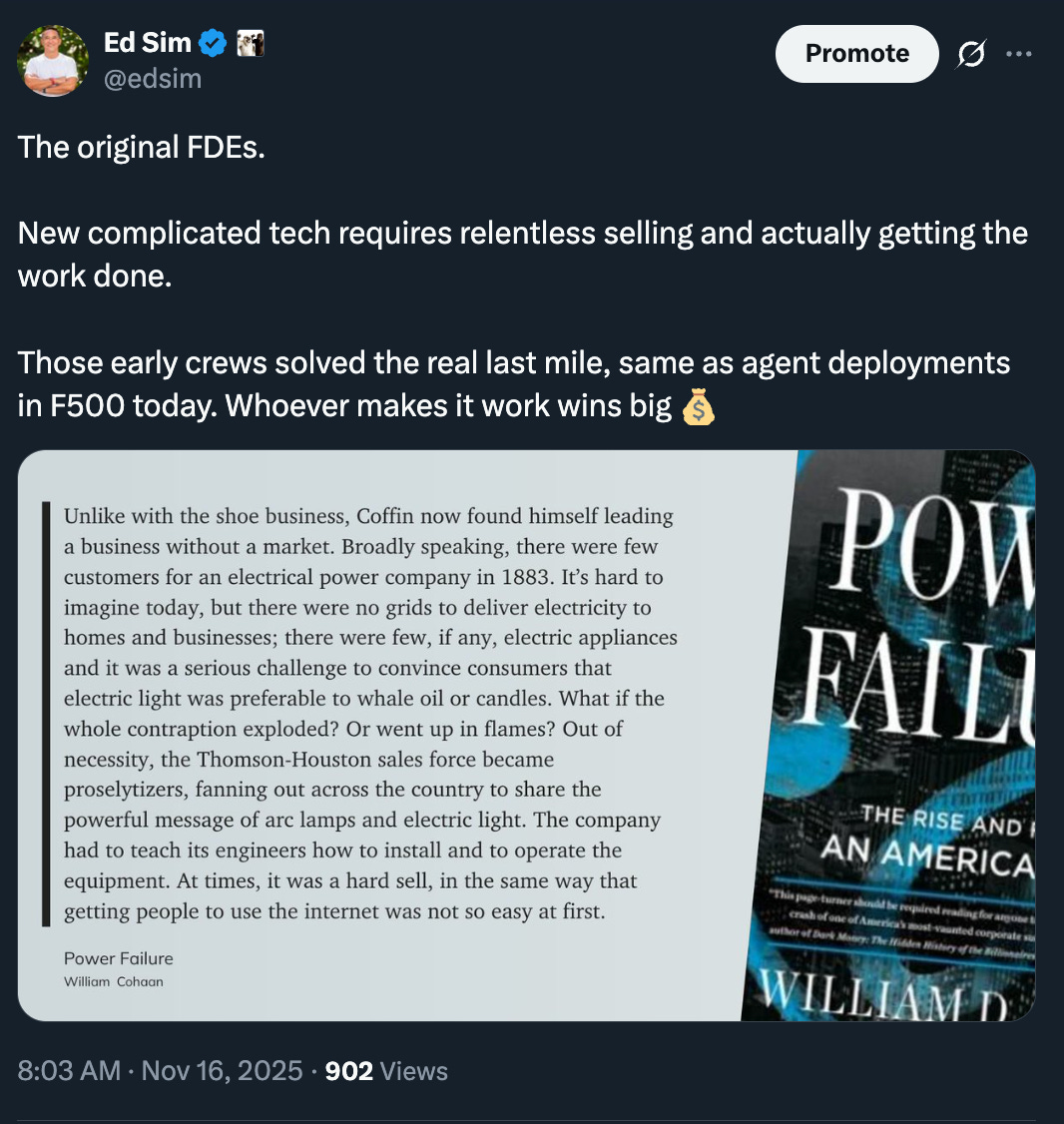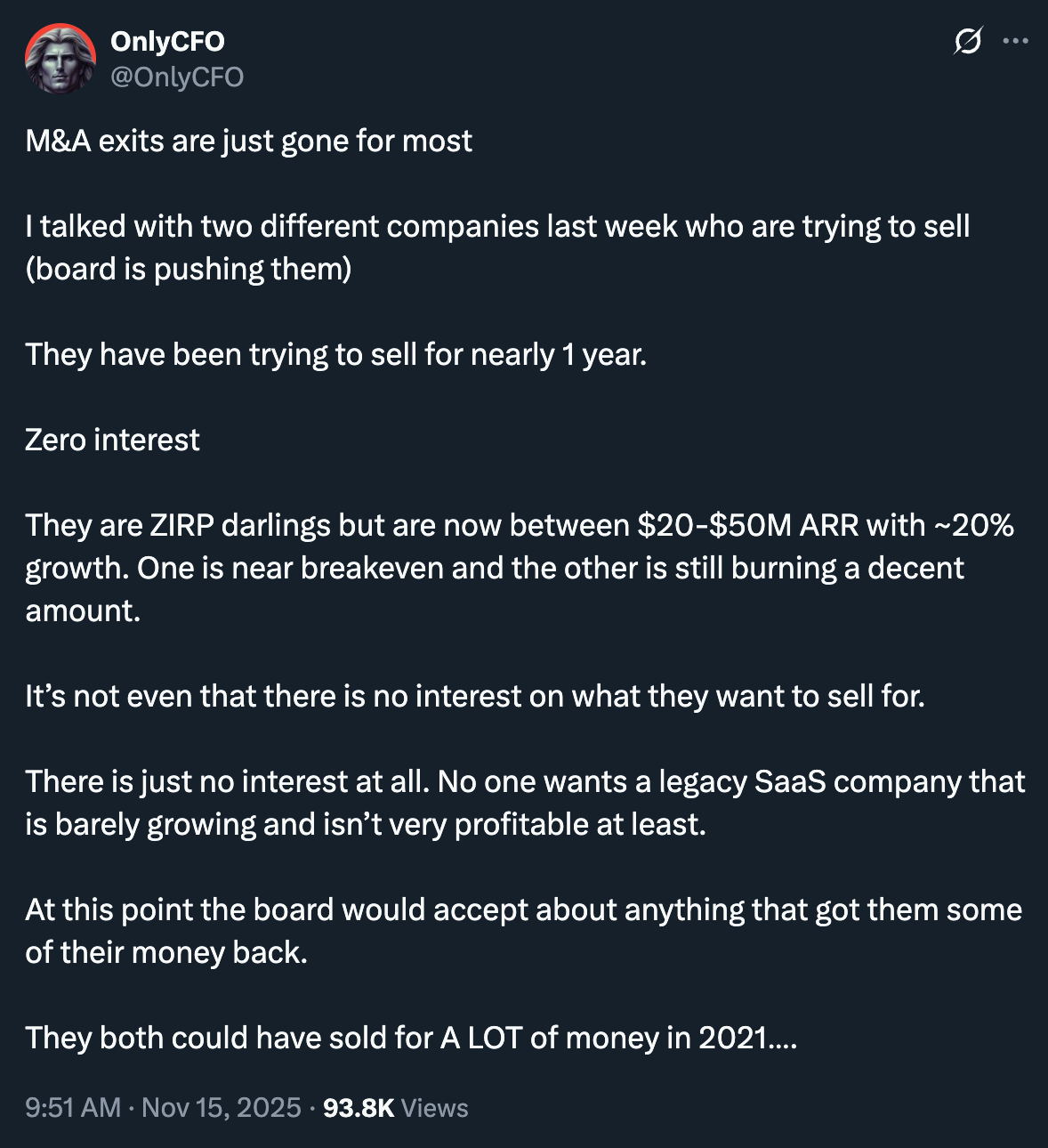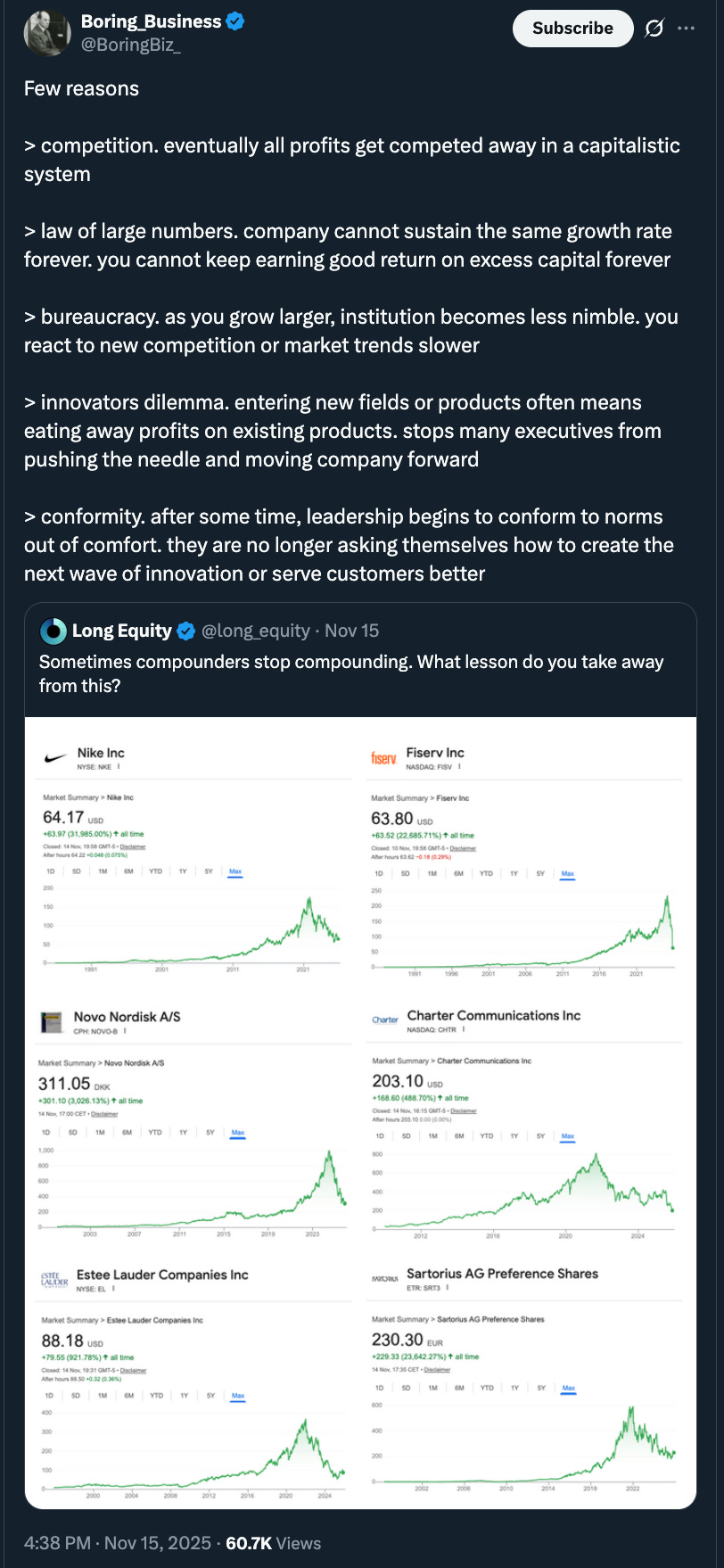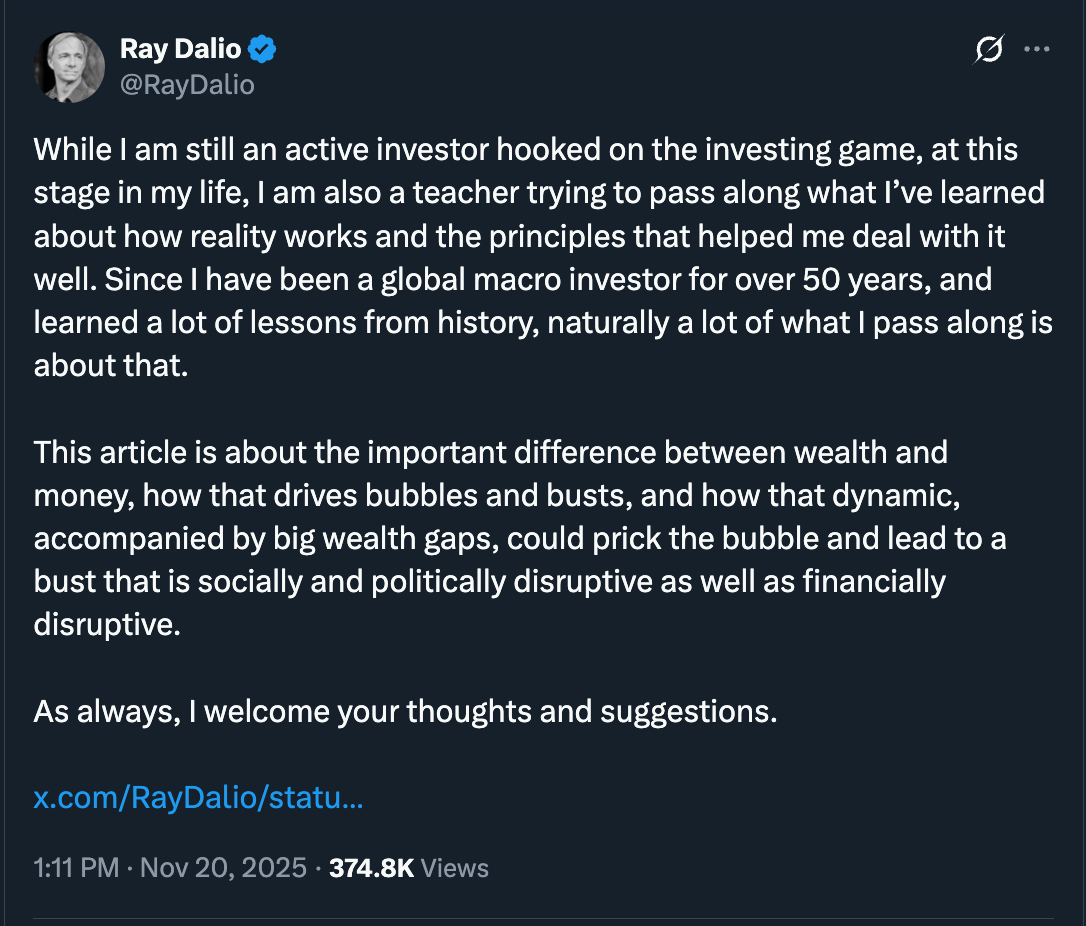What’s 🔥 in Enterprise IT/VC #473
Goldman PICC Takeaways and the Chronosphere Blueprint for Making ZIRP Infra AI Native
It is the Saturday before Thanksgiving, so let’s get right to the thing everyone was talking about this week: Goldman Sachs PICC.
PICC is always a fun 48 hour sprint through Vegas. You get a fast read on how people think the year ended, and what the next few months might look like. This year, two things stood out.
First, VCs were buzzing about late stage mega rounds and pricing. Second, public and crossover investors packed the hallways looking to meet every hot private company they could find. The most striking part was the massive gap between private market expectations and what is happening in public markets. Nvidia puts up blowout earnings, raises guidance, and the market sells off. Meanwhile, private company calendars are jammed with back to back 25 minute meetings. Appetite for private names has never been higher.
Which raises a fair question: why would anyone want to be public right now with this much capital chasing private returns?
Just look at the week. Databricks raised a Series L. Cursor pulled in $2.3 billion at a $29 billion valuation. Ramp jumped from $22.5 billion to $32 billion in only three months. Growth plus an AI narrative is the formula investors want.
Dev, former CEO of MongoDB, summarized the moment perfectly and Figma, btw, is now trading lower than this post at a $17B market cap.
The same story shows up with Navan. Great metrics and still trading far below the $9.2 billion private valuation from the ZIRP era. In reality, Navan is performing way better than many of its peers, which says a lot about how far expectations reset.
On the other end of the spectrum sits Ramp. Growing 100 percent year over year with $1 billion in annualized revenue. It reinvented itself from startup credit card to expense management to AI copilots that save money for customers to now an AI spreadsheet editor. That is how you execute when you were born in the ZIRP era. Reinvention is mandatory. Ramp Sheets is the newest example. Triple digit growth plus an AI native story gives you Ramp.
When you add up triple digit growth with an AI native story, you get RAMP.
Finally, why go public if you can position yourself as an AI company and sell for 21x cash? Congrats to Chronosphere, next gen observability competing with Datadog, which was purchased for $3.35B by Palo Alto Networks.
What’s incredible for me is that this funding story does not signal AI-native winner.
Chronosphere had a classic ZIRP ride early on, jumping from a $30 million valuation to $1.35 billion in only two years. That round closed right at peak ZIRP. The next two rounds barely moved the valuation, which is where a lot of companies stalled out.
But Chronosphere kept executing. There are really two paths for ZIRP era companies to become AI native. If you are an app company, you can do what Intercom did and rebuild and reposition the entire product. If you are infrastructure, you need to win the fastest growing LLMs as customers and prove you can handle massive scale and give them a new growth engine. Chronosphere chose the second path.
It landed two of the premier LLMs as customers. Palo Alto reported $160 million ARR growing 300 percent year over year. That is absurd growth at that size, and a big chunk is rumored to come from one of those LLM leaders. Chronosphere was already performing well, but this pushed it into another orbit. If you show massive expansion inside the fastest growing companies in the world, you become very attractive to the larger public companies that need to buy their way into the future.
Nikesh put a fine point on this during the earnings call: here is what he said about the acquisition.
Nikesh’s comments say it all. Chronosphere built the tech, the economics, and the team that the AI era demands, and Palo Alto saw it up close. This is what acquirers are paying for now: companies building the future, not the past.
Huge congrats to the team and investors, and thanks for showing us how it’s done! From ZIRP era hype to AI native execution is not an easy transition. They earned this outcome the hard way.
Happy Thanksgiving!
As always, 🙏🏼 for reading and please share with your friends and colleagues!
Scaling Startups
#🙏🏻 to be on this list with so many amazing co-investors “Who are the pre-seed / seed investors every founder should want on their cap table these days?”
And you know boldstart, we’re all about inception or company formation
#success mapped out - from high school to 2 time MLB MVP - Shohei Ohtani
#mentioned this a few weeks ago - just more data 👀
from last month
Enterprise Tech
#still super early
#Google’s Gemini 3 proves how early we still are in this market - the huge advantages from Google with a business that prints cash, TPU cost advantage, and massive data moat will make this company a huge winner - great read from Gavin Baker on where we are post-Gemini taking the lead in most AI benchmarks
#Sam’s reaction post-Gemini 3 😲
#still early in this AI wave despite public market reaction 📉
#Karpathy on intelligence and what it means for future AI models
#another startup hits $100M in 7 quarters, this in customer support space
#Dario doing this thing…not sure if the impact is this dramatic but there will be impact if we don’t pay attention now, training etc
#huge news in robotics this week…PI and Sunday
Sunday
the market is still so early in robotics and both of these are building fundamentally new foundation models just like our portfolio co, GeneralistAI, which I believe has even bigger potential…
#the hallmark of any new technology, no one needs it until they do and key is just making it work - the original Forward Deployed Engineers or FDEs
Markets
#it’s getting ugly out there for the ZIRP-era cool kids without an AI story
#durable growth over decades when you’re at scale is super hard
#Ray’s thoughts on bubbles

